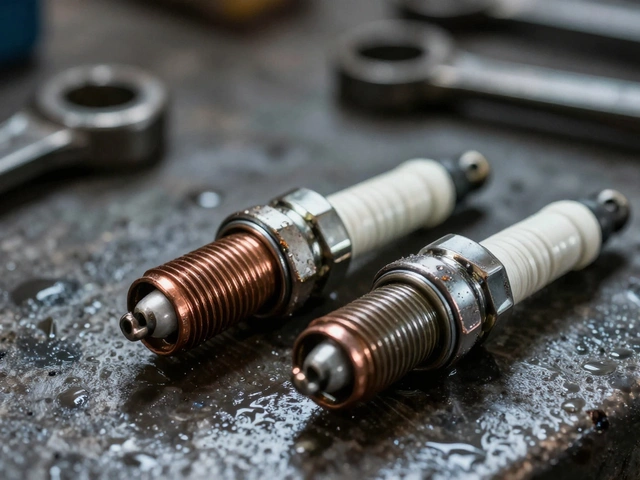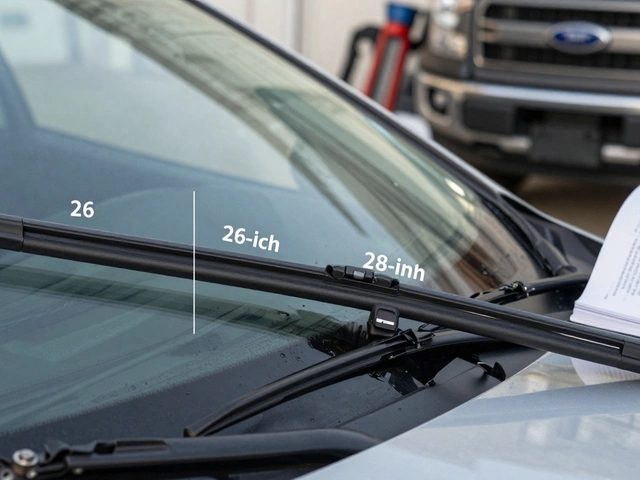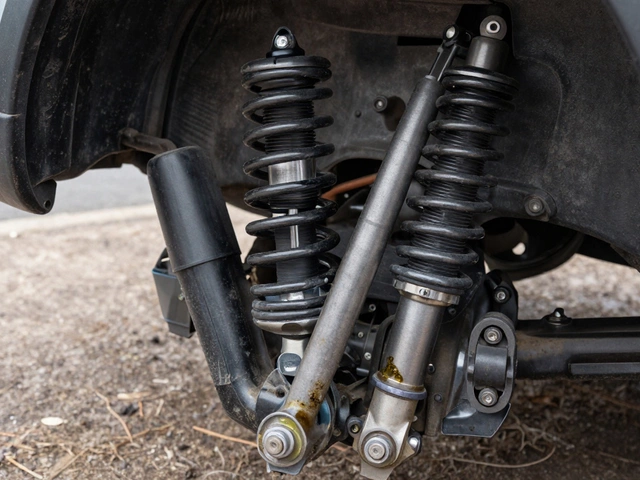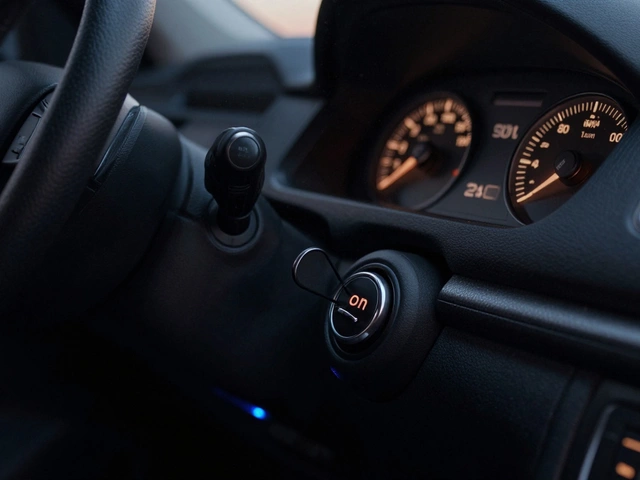Stage 2 Clutch: Signs, Upgrades, and What You Need to Know
When you hear Stage 2 clutch, a high-performance clutch system designed for modified engines and spirited driving. Also known as upgraded clutch, it’s not just a stronger version of your stock clutch—it’s built to handle more power, heat, and abuse without slipping or fading. If you’ve added a turbo, tuned your engine, or just love launching hard at the lights, your factory clutch might be the weak link. A Stage 2 clutch isn’t about looks or noise—it’s about keeping power from the engine to the wheels when it matters most.
Most people don’t realize how much stress their clutch takes. A stock clutch is fine for daily driving, but once you start pushing past 300 horsepower or adding aggressive driving habits, things start to slip. You’ll notice it when the engine revs but the car doesn’t accelerate like it should—especially in higher gears or under load. That’s not your engine missing—it’s your clutch kit, the complete assembly including pressure plate, disc, and release bearing. Also known as clutch assembly, it’s the heart of your drivetrain’s connection to the engine. A Stage 2 clutch kit usually means a multi-plate or organic-metallic disc, a stiffer pressure plate, and a heavier-duty release bearing. These parts don’t wear out faster—they last longer under stress. But they also engage harder. That means you’ll feel more vibration at low speeds, and you’ll need to be smoother with the pedal. It’s not a drag racing setup, but it’s a big step up from stock.
Some drivers think a Stage 2 clutch is only for track cars or race builds. That’s not true. If you’ve done even basic mods like a cold air intake, exhaust upgrade, or ECU tune, you’re already making more torque. That extra torque puts pressure on the clutch. And if you’re driving in hilly areas, towing occasionally, or just hate when your car feels sluggish on acceleration, a Stage 2 clutch can bring back the responsiveness you lost. It’s not magic—it’s physics. More power needs more grip. And your clutch is the only thing holding it all together.
Before you upgrade, check the signs. Does your clutch slip when you’re in 3rd gear at 4,000 RPM? Does it feel spongy or require you to press the pedal almost to the floor? Are you hearing grinding or unusual noises when shifting? These aren’t just wear-and-tear issues—they’re warnings. You might be able to limp along for a while, but a failing clutch can leave you stranded or damage your flywheel, transmission, or even the input shaft. A Stage 2 clutch isn’t just a replacement—it’s an insurance policy for your investment.
And it’s not just about the clutch. The slipping clutch, a symptom where the clutch disc fails to fully engage, causing engine RPM to rise without matching speed. Also known as clutch fade, it’s often the first red flag before total failure. happens because the friction material wears down or overheats. A Stage 2 clutch uses materials that resist heat better—like ceramic, Kevlar, or sintered iron—but they still need proper break-in and driving habits. Don’t ride the clutch. Don’t burn rubber from a stop. And don’t assume it’ll last forever. It’s tougher, but not indestructible.
What you’ll find in the posts below are real stories, real checks, and real advice from people who’ve been there. From how to spot a failing clutch before it leaves you stranded, to what actually changes when you swap in a Stage 2 setup, to whether you need to replace your flywheel at the same time. No fluff. No upsells. Just what you need to know before you hand over your keys—or your wallet.





